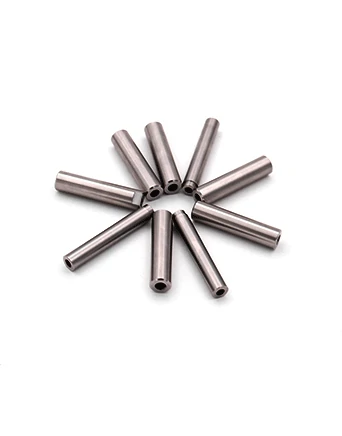Time to read: 6 min

Lathe Machines: The Cornerstone of Precision
Lathe machines, often referred to as the "Mother of all Machines," have been a mainstay in manufacturing since the 13th century. They are designed to shape materials like metals and wood through a rotating mechanism.
Types of CNC Lathe Machines
CNC lathes offer automated precision, while other types like Speed, Turret, and Engine lathes serve specific purposes. Understanding the differences is crucial for selecting the right machine for your application.
Main Components of a Lathe Machine
Key components of a lathe include the headstock, tailstock, bed, spindles, motor, and tool rest, all of which play a vital role in the turning process.
Classification of Lathe Tools
Lathe cutting tools are classified based on their function, design, material, and application. Here's an overview of the basic types:
Turning Tools
- Rough Turning Tools: Designed for rapid material removal.
- Finish Turning Tools: Provide a smooth and accurate surface finish.
Facing Tools
Used for creating flat surfaces on a workpiece, with right- or left-hand options depending on the workpiece orientation.
Boring Tools
Equipped with a boring bar, these tools are used for enlarging holes or creating internal shapes.
Chamfering Tools
Create slanted edges on workpiece corners, with options like single angle, variable angle, and indexable types.
Thread Cutting Tools
Used for producing spiral threads on cylindrical surfaces, with options for internal and external threads.
Knurling Tools
Feature rolling wheels with embossed patterns, ideal for creating raised patterns on workpiece surfaces for grip or aesthetics.
Specialized Lathe Cutting Tools
These tools stand out for their unique designs and specific applications, such as forming tools, taper turning tools, and grooving tools.
Material Classification of Lathe Tools
The material of lathe tools influences their performance, with common materials including high-speed steel, carbide, diamond, ceramic, and cubic boron nitride.
Speed-Based Classification
Lathe tools can also be classified based on the feed direction during machining, with right-hand and left-hand tools being the primary options.
Right-Hand Tools
Most common, designed for cutting from right to left.
Left-Hand Tools
Less common, designed for cutting from left to right.
Structural Classification
Based on structure, tools can be single body, welding, or clamp types.
Selecting the Right Lathe Tool
When choosing a lathe tool, consider the workpiece material, desired surface finish, cutting parameters, and machine capabilities.
Technological Advances in Lathe Cutting Tools
Advancements in materials, tool geometry, CAD/CAM integration, sensor technology, and additive manufacturing have revolutionized lathe tool production and performance.
Unofactory: Your Partner for CNC Lathe Tool Machining
Unofactory offers expert CNC lathe tool machining services, leveraging the latest technology and experienced engineering to deliver precision parts. Upload your CAD file on our platform for instant quotations and a seamless manufacturing experience.
Conclusion
Understanding the different types of lathe tools and their applications is crucial for optimizing CNC turning operations. By selecting the right tools for your specific needs, you can achieve superior results in precision machining. Unofactory is here to assist you with your custom machining requirements, ensuring quality and efficiency.




